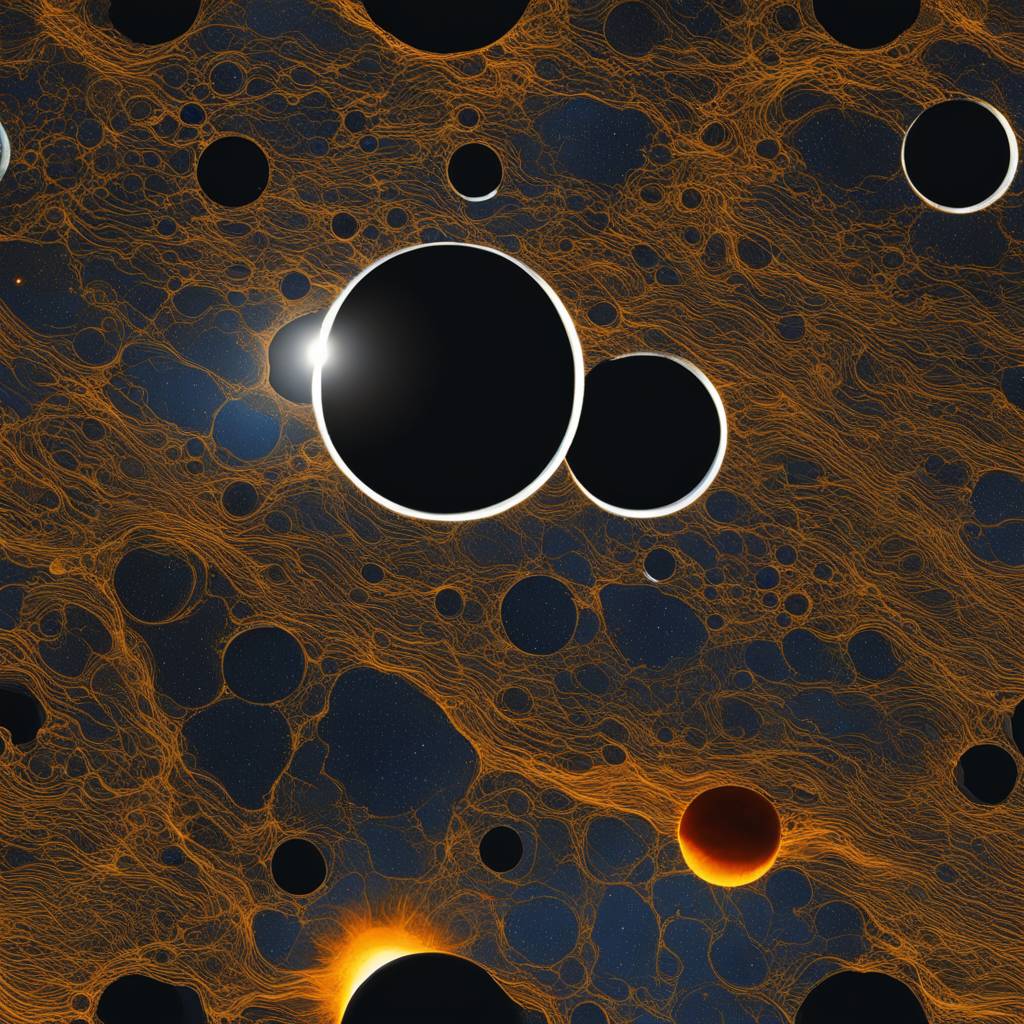In collaboration with Western Kentucky University, NASA has developed the SunSketcher app to track the solar eclipse that will occur in April. This app is designed to allow volunteers to easily record the event by taking photos, which will then be compiled into a database for research purposes. The goal is to map the sun more accurately by analyzing the photos taken by citizen scientists during the eclipse.
The Sunsketcher app, created by WKU students, can be downloaded for free on iPhones and Androids. Users are guided through a tutorial on how to use the app, which involves placing their phone on a stand or tripod, pointing the back camera at the eclipse, and activating the app just before totality. The app then takes 101 photos throughout totality and before and after the event to capture the changes in the shape of the sun.
The images captured by the app are uploaded to a WKU server, where researchers will analyze them to determine the definitive shape of the sun. By studying phenomena such as “Bailey Beads” – flashes of light emitted as sunlight passes through the moon’s lunar mountains – scientists hope to gain a more precise understanding of the sun’s shape. Despite knowing the moon’s surface well, the shape of the sun is still not accurately determined due to its constantly changing surface.
The Sunsketcher project aims to measure the Sun’s oblateness with an accuracy of a few parts in a million for the first time. This research is being funded by a grant from the NASA Heliophysics Innovation in Technology and Science (HITS) program. By involving citizen scientists in the data collection process, NASA and WKU hope to gather valuable information about the sun that can contribute to advancements in solar research.
Through the collaboration between NASA and Western Kentucky University, the SunSketcher app provides an innovative way for volunteers to participate in scientific research during the upcoming solar eclipse. By utilizing the app to capture photos of the eclipse, citizen scientists can contribute valuable data that will help scientists map the sun’s surface more accurately. This project represents a unique opportunity for individuals to engage with space research and potentially make significant contributions to our understanding of the sun.













